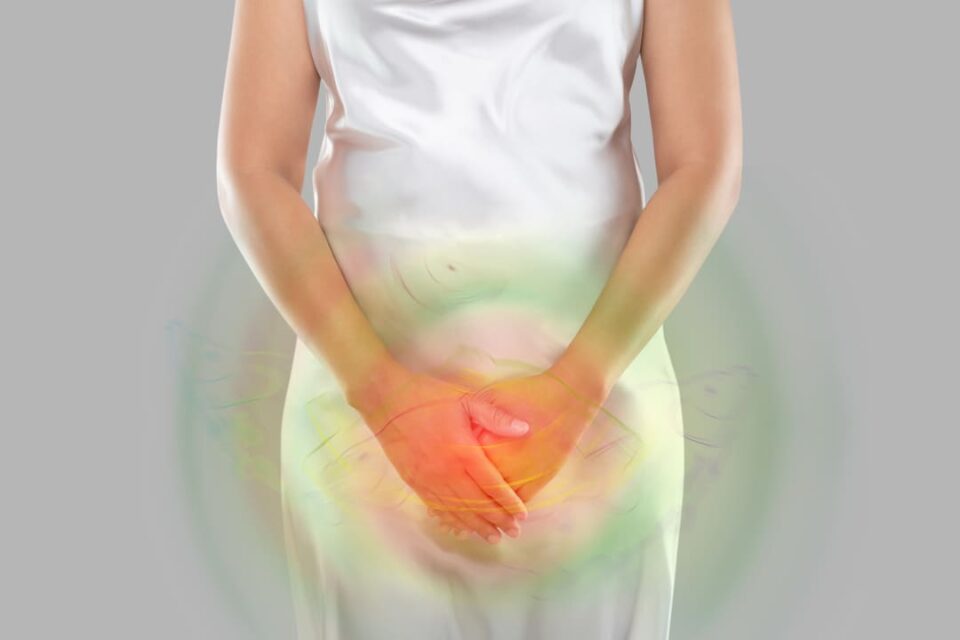Recently, I encountered a remarkable patient Nagamma ( pseudonym chosen to safeguard her identity) whose story served as a poignant reminder of the everyday battles many women silently fight. Her struggle is very real. Nagamma, like many other women, was grappling with the discomfort and pain of chafing in the groin area. This seemingly common issue often goes unspoken, tucked away in the recesses of privacy. However, as a medical professional, I am dedicated to demystifying and providing solutions for such issues. In this article, I will delve into the world of chafing in the groin area, especially among females, and present a comprehensive guide to home remedies. So, let’s go on this journey of healing and empowerment.
Understanding Chafing in the Groin Area
Chafing in the Groin Area: What Is It?
Chafing in the groin area, also known as intertrigo, is a common condition characterized by redness, irritation, and discomfort in the skin folds of the inner thighs and groin. It can affect individuals of any age or gender, but it is often more prevalent in females due to the natural structure of their bodies.
The Culprit: What Causes Chafing?
Chafing occurs when moisture, friction, and heat combine in the delicate skin folds of the groin area. This trifecta creates an ideal environment for skin irritation, redness, and even painful rashes.
Factors Contributing to Chafing
1. Sweat: The groin area is prone to perspiration, especially in hot and humid climates.
2. Tight Clothing: Wearing tight or abrasive fabrics can exacerbate friction.
3. Obesity: Excess weight can lead to increased skin folds and moisture.
4. Candida Infections: Fungal infections can thrive in moist conditions.
Now that we understand the enemy, let’s arm ourselves with the knowledge of how to combat it effectively.
Home Remedies: Your Path to Relief
1. Stay Dry and Clean
The first line of defense against chafing is to keep the affected area clean and dry. Here’s what you can do.
Gentle Cleansing: Use a mild, fragrance-free soap to clean the groin area.
Pat Dry: After washing, ensure the area is completely dry before putting on undergarments.
2. Choose the Right Fabrics
Your clothing choices can significantly impact chafing. Opt for,
Cotton Underwear: Breathable and moisture-wicking, cotton helps keep the area dry.
Loose-Fitting Attire: Avoid tight clothing that can create friction.
3. Cornstarch or Baby Powder
Applying cornstarch or talcum powder can help absorb excess moisture and reduce friction.
4. Coconut Oil
Coconut oil possesses both antibacterial and anti-inflammatory properties. Apply a thin layer to the affected area for relief.
5. Aloe Vera Gel
Aloe vera gel’s soothing properties can alleviate irritation and promote healing.
6. Tea Tree Oil
Dilute tea tree oil with a carrier oil (like coconut or olive oil) and apply it to the affected area for its antifungal and anti-inflammatory benefits.
7. Curd
Probiotic-rich curd can help combat fungal infections when applied topically.
8. Stay Hydrated
Drinking plenty of water helps regulate your body temperature and reduce excessive sweating.
9. Lose Excess Weight
If weight is a contributing factor, consider a balanced diet and regular exercise to shed excess pounds.
10. Barrier Creams
Barrier creams like zinc oxide can provide a protective layer between your skin folds, reducing friction.
Patients Asked Questions
1. Is chafing in the groin area a common issue for females?
Yes, it’s a prevalent concern, often exacerbated by the female body’s natural structure.
2. Can chafing lead to serious health problems?
While chafing itself isn’t typically dangerous, if left untreated, it can lead to secondary infections.
3. How long does it take for chafing to heal with home remedies?
Healing time varies, but consistent application of remedies can lead to improvement within a few days.
4. Are there specific foods that can worsen chafing?
Spicy foods and excessive caffeine can increase perspiration and exacerbate chafing.
5. Can chafing be prevented altogether?
Prevention involves maintaining good hygiene, choosing the right clothing, and staying dry.
6. When should I see a doctor for chafing?
If chafing doesn’t improve with home remedies or if it worsens, consult a doctor.
7. Are there any age restrictions for using home remedies?
Home remedies are generally safe for all ages, but consult a pediatrician for children.
8. Can men use these remedies for groin chafing too?
These remedies are effective for both men and women.
9. Is chafing a sign of a fungal infection?
It can be. If symptoms persist, consult a doctor for proper diagnosis and treatment.
10. Can I exercise with chafing in the groin area?
It’s advisable to avoid strenuous activities that worsen the irritation until it heals.
Conclusion: Empowering Women to Combat Chafing
Chafing in the groin area is an issue that affects countless women, but it’s not a battle they have to fight alone. With the knowledge and remedies presented here, you can take proactive steps to alleviate discomfort and regain control over your well-being. Remember, your body deserves care and attention, and these home remedies are proof of the power of self-care.
As an Ayurvedic physician, I believe that empowering individuals with knowledge and solutions is an integral part of my duty as a healthcare provider. Chafing in the groin area is a challenge, but with the right approach, it can be overcome. Together, we can break the silence surrounding this issue and ensure that women everywhere live free from the discomfort of chafing.
Note: This article is for informational purposes only and should not be considered a substitute for professional medical advice. Always consult with a healthcare provider for proper diagnosis and treatment.

